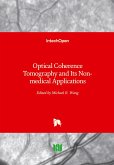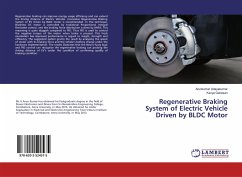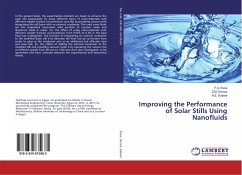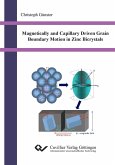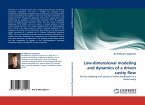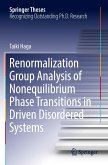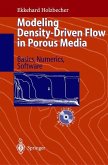The early twentieth century witnessed fundamental changes in our understanding about the nature of light and matter. This was primarily due to the inadequacy of classical physics in explaining certain physical phenomena, such as the blackbody radiation and the photoelectric effect. A major conceptual breakthrough came first in the year 1900 with Planck's hypothesis of energy quanta to account for the blackbody spectrum. The idea of the quantization of energy was then applied to radiation by Einstein in his investigation of the photoelectric effect. He considered light to be discrete, localized wave packets called "light quanta" or "photons". Several experiments that followed gave evidence to the wave-particle duality of the radiation field and matter, which culminated in the formulation of quantum mechanics. Since its inception, the field has seen tremendous progress with applications from lasers, transistors, light emitting diodes, magnetic resonance imaging to quantum computing. The invention of laser was certainly an extraordinary achievement. It revolutionized the industry and enabled access to new physical regimes of atom-light interaction. Around the same period, the optical experiments of Hanbury Brown and Twiss revealed unexpected photon correlations, demonstrating the need for quantum mechanical methods to describe the statistics of light. The availability of tunable lasers later opened up the exciting field of quantum optics. Since then many intriguing and fascinating phenomena have been predicted and observed experimentally such as squeezed states of light, photon antibunching, entanglement, trapping of atoms, optical frequency comb and quantum computation


